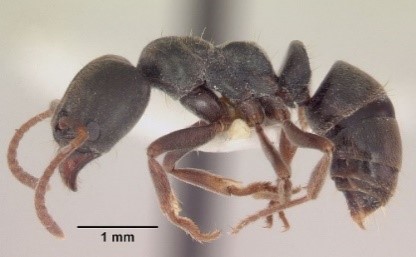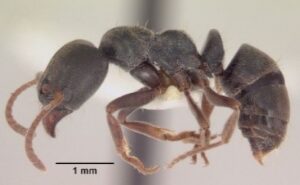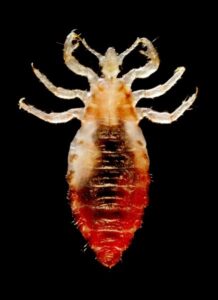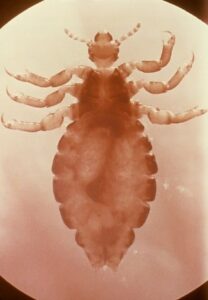Crazy Ant (Longhorned)
General Description
 |
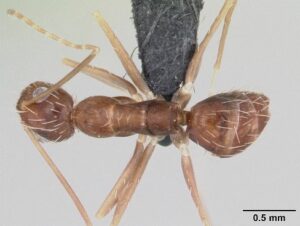 |
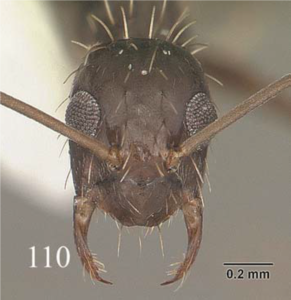 |
Credit: April Nobile, www.antweb.org
- The worker is about 2.3 to 3.0 mm long with a brownish-black head, thorax, petiole, and gaster.
- The body has long, coarse, scattered, grayish, or whitish setae.
- The body has a few short, whitish bristles.
- The antennae and limbs are pale brown.
- The eyes are elliptical and set far back on the head.
- It has no sting, but the ant can bite and secrete formic acid onto its prey.
- They are too feeble to harm humans.
- Workers move around jerkily in apparently random directions.
Life Cycle and Common Characteristics
- Colonies of crazy ants are moderate to very populous.
- They typically nest outdoors in either dry or moist locations, such as associated with trash,
- mulched areas in plantings, in rotten wood, or behind thick vegetation around foundations.
- They can also nest indoors, in wall voids, under carpeting, in or under potted plants, or in cracks of masonry.
- The colonies may raise sexuals at any time of the year in warmer regions, but alate production is limited to the warm rainy months of May to September.
- Males gather outside nest entrances during the warm and humid environment and can be found on vegetation and structures nearby.
- Periodically, a dealate wingless queen emerges.
- Mating occurs in groupings around the nest entrance.
- Workers are omnivorous, and feed on seeds, honeydew, fruits, household foods, and on live and dead insects
- The crazy ant thrives in places such as gasoline stations, convenience stores, and sidewalk cafes.
- They feed on a high-protein diet, and during the summer months may refuse honey or sugar baits.
- They obtain honeydew by tending aphids, mealybugs, and soft scales.
- They are highly adaptable to different environmental conditions.
- The nest can be found at distance from its foraging area.
- The nest is found in the trash, rotten wood, cavities in plants and trees, and in soil.
- Crazy ants are slender and relatively fast moving, and while foragers will follow pheromone trails, they frequently exhibit erratic, jerky or seemingly “crazy motions disturbed or threatened.
Damage and Economic & Medical Implications
- It is considered as a household pest and is found on the top floor of apartment buildings and in hotel kitchens searching for food.
- It is an agricultural pest and its feeding behaviors or preferences are varied. It can assist in the distribution and protection of phloem-feeding aphids, scale insects, and mealybugs.

